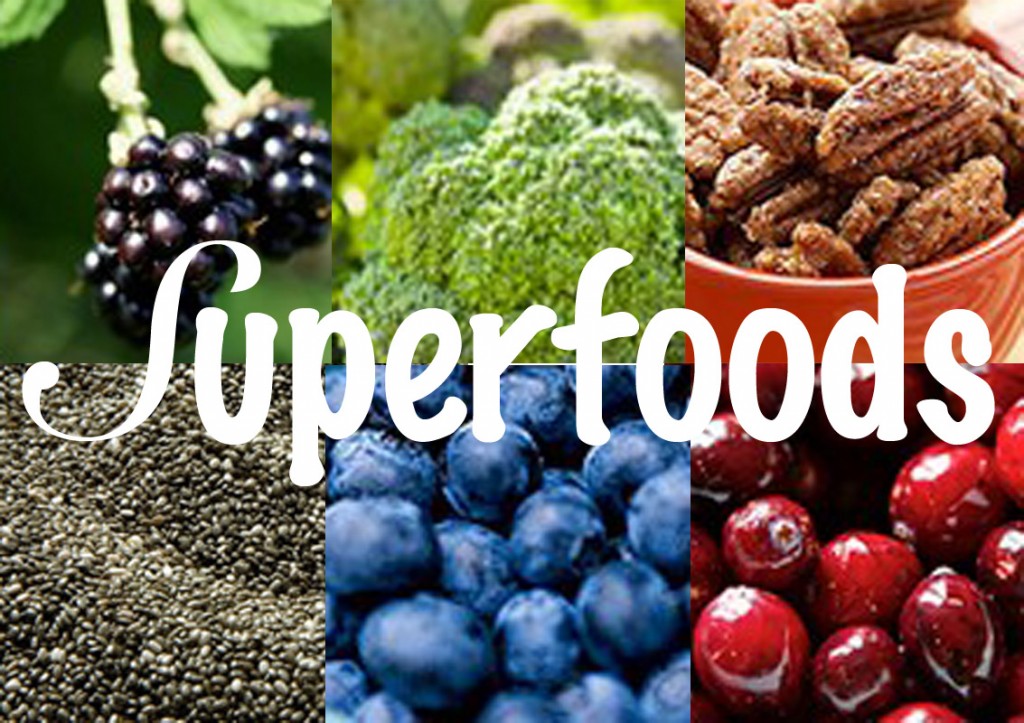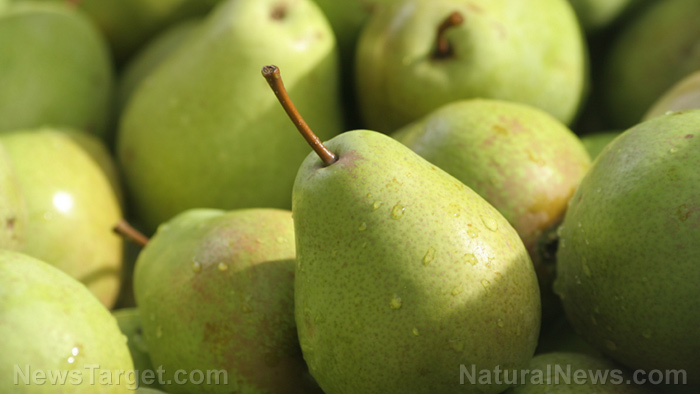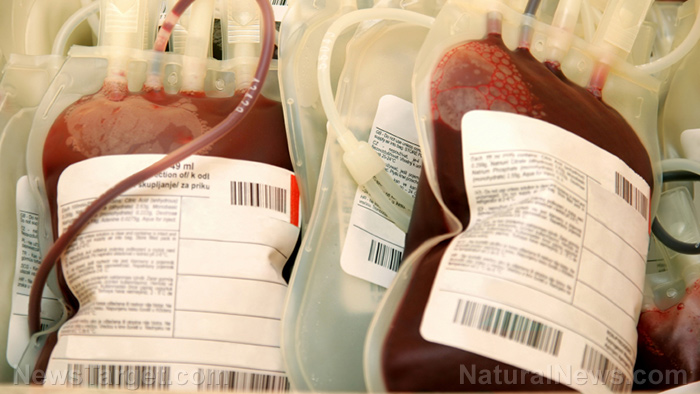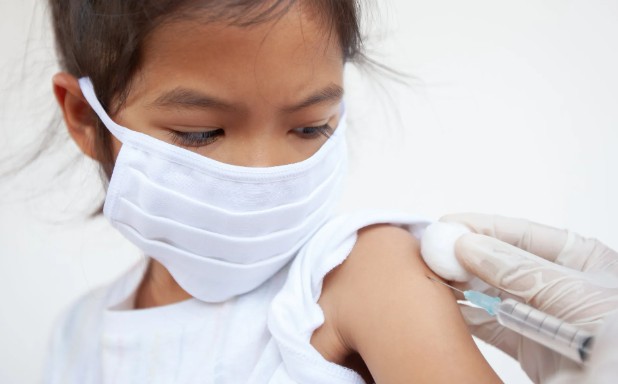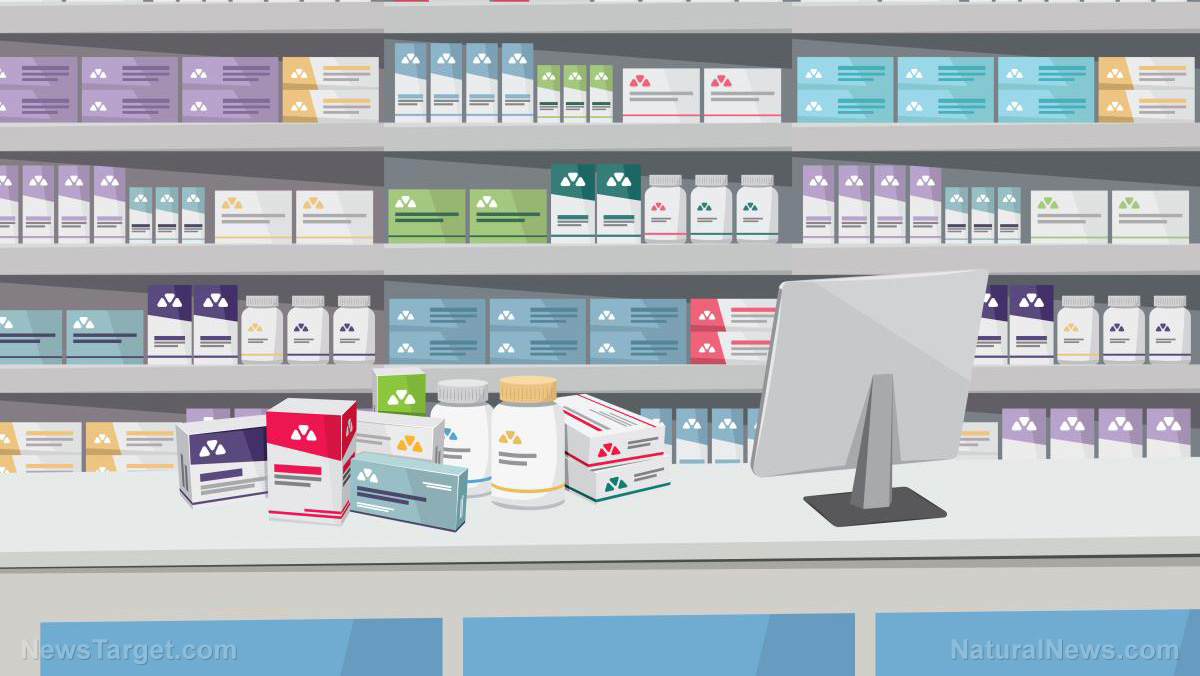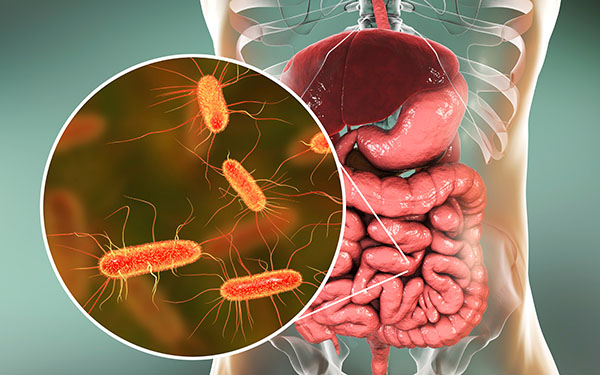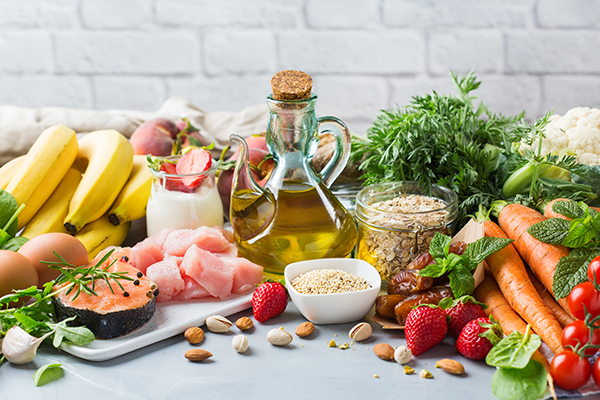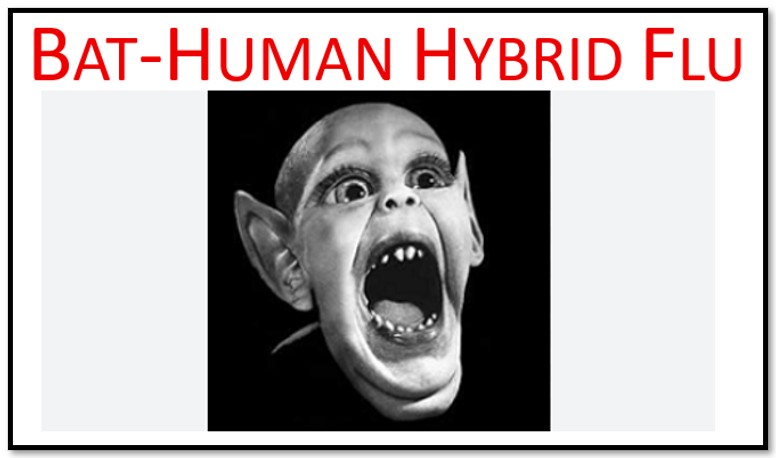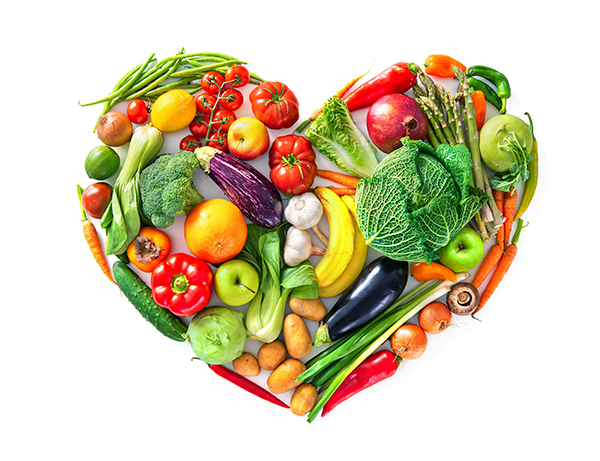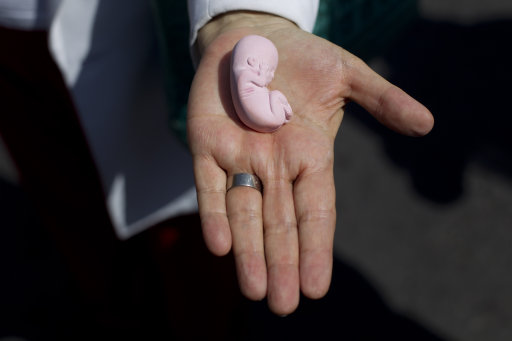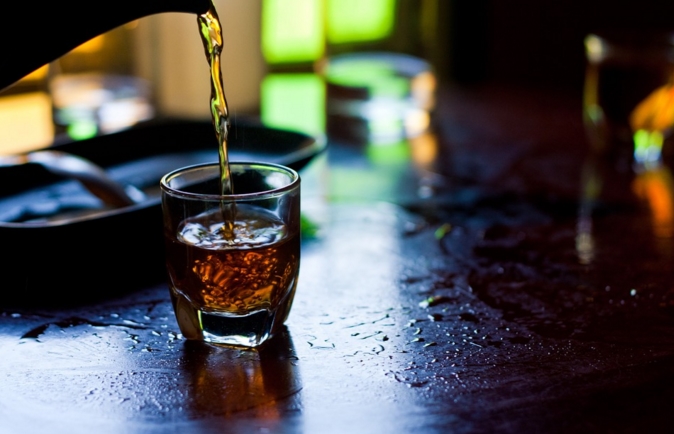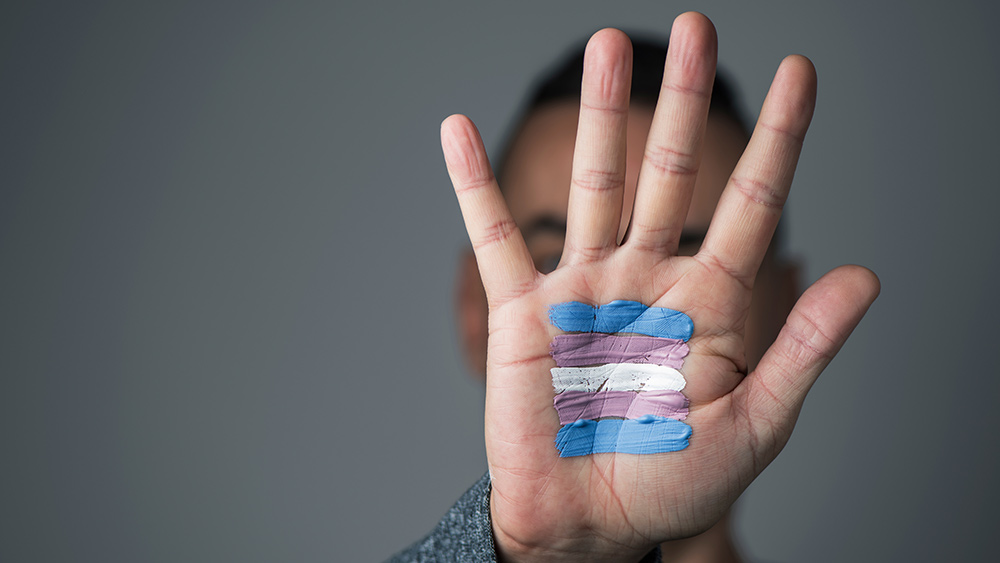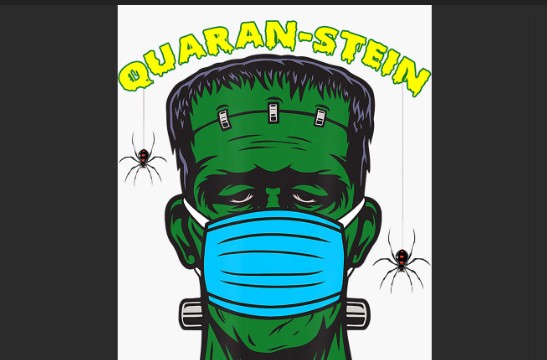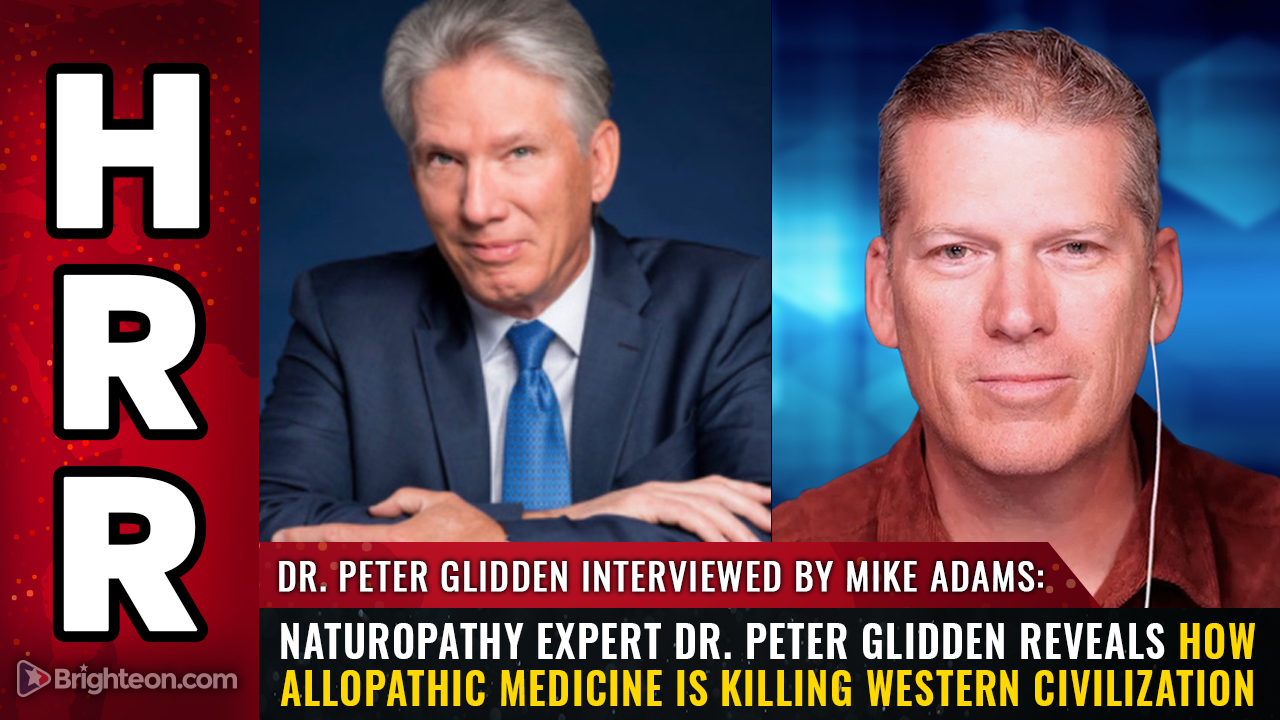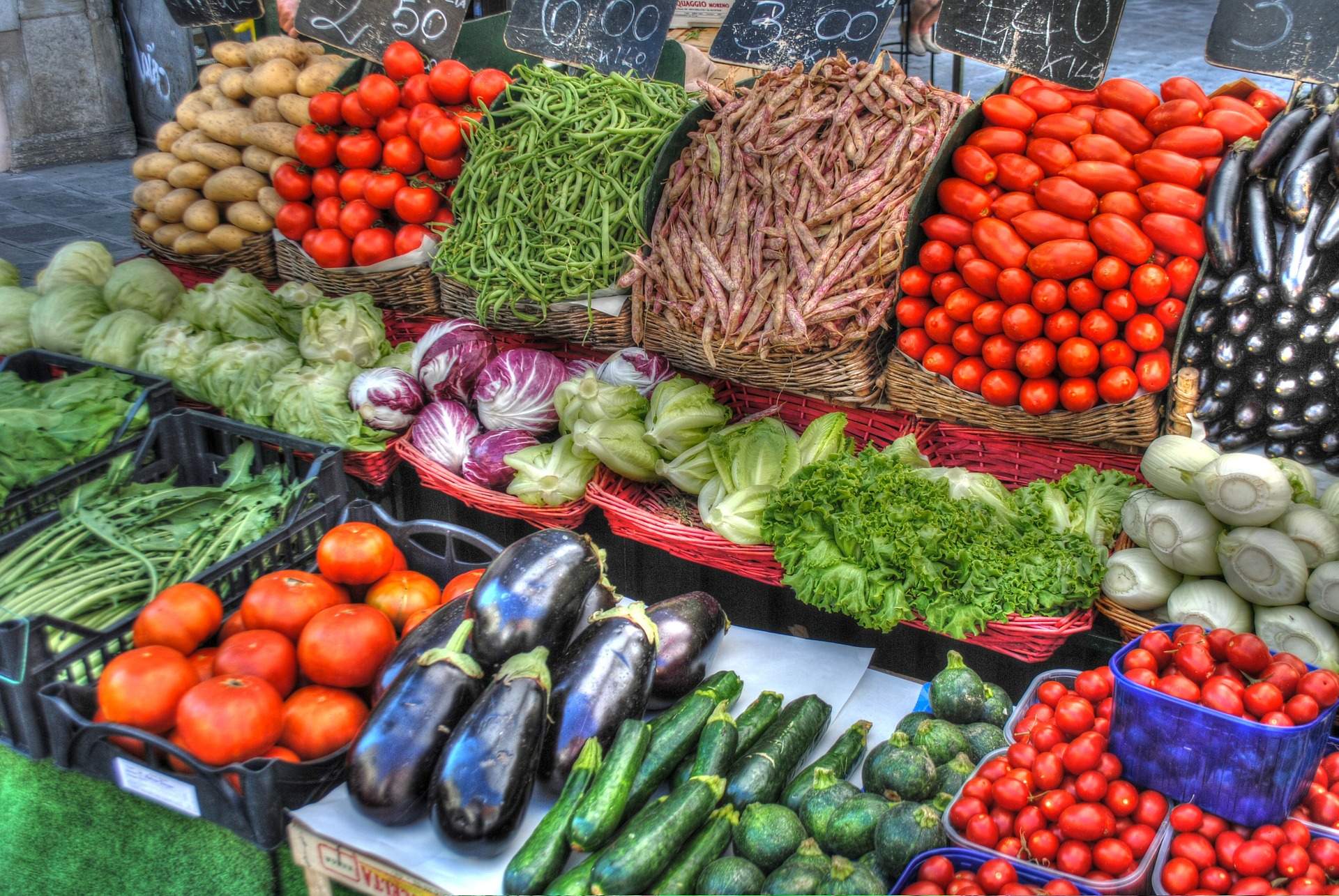Hershey Company to get rid of synthetic dyes from its candy bars, but will keep using toxic sugar, milk fat and soy lecithin to fuel the obesity crisis
07/06/2025 / By S.D. Wells

Now that RFK Jr. has forced the recall of thousands of products that contain artificial dyes, Big Food’s evil corporations are pretending to care about consumers, just enough to hang on to all the junk science food stuff addicts. Here’s the story.
- Hershey’s Pledges to Go Dye-Free by 2027: The Hershey Company announced it will eliminate synthetic dyes from all candy and snack products—including brands like Reese’s, Twizzlers, and Jolly Rancher—by the end of 2027, aligning with rising consumer and regulatory demands for cleaner ingredients.
- Nationwide Movement Gains Momentum: Hershey joins food giants like Kellogg’s, Nestlé USA, General Mills, Kraft Heinz, Tyson Foods, and Conagra in phasing out artificial dyes, as the FDA prepares to ban petroleum-based colorants by 2026 due to concerns over ADHD, obesity, and other health risks.
- Government and State-Level Pressure Mounts: Health Secretary Robert F. Kennedy Jr. has been instrumental in pushing the food industry to act ahead of federal bans, while states like West Virginia and Texas are imposing bans and labeling requirements to curb the use of synthetic additives.
- Study Reveals Widespread Use of Synthetic Dyes: A recent study found nearly 1 in 5 U.S. packaged foods contain synthetic dyes, with rates significantly higher in child-targeted products—fueling the push for cleaner, more transparent labeling and ingredient standards.
Corporate head fake: Hershey’s to eliminate synthetic dyes by 2027 amid nationwide shift toward healthier foods
The Hershey Company, one of the largest and most iconic confectionery manufacturers in the United States, has announced a major reformulation of its products: by the end of 2027, all synthetic dyes will be eliminated from its candy bars and snacks. The decision reflects mounting consumer demand for cleaner ingredient labels, growing regulatory pressure, and broader public health concerns.
This week’s announcement marks a significant step in Hershey’s ongoing effort to improve transparency and trust among its consumers. A company spokesperson stated that removing synthetic colors is a “natural next step” in Hershey’s commitment to providing healthier options without compromising the brand’s identity or customer confidence. Hershey’s popular products—like Reese’s, Jolly Rancher, and Twizzlers—will all be affected by this shift.
The move aligns Hershey with several other major food giants, including Nestlé USA, Kellogg’s, Conagra Brands, Kraft Heinz, General Mills, and Tyson Foods, all of which have recently pledged to eliminate synthetic food dyes. These companies are responding not just to public sentiment, but also to upcoming changes in food regulation.
The U.S. Food and Drug Administration (FDA) announced in April that it is preparing to phase out petroleum-based synthetic dyes by the end of 2026. This decision is driven by growing concerns about the potential health effects of artificial colorants, especially in children.
Studies have suggested links between synthetic dyes and behavioral issues such as hyperactivity, attention deficits, and other developmental concerns. In parallel, a new study has found that 19 percent of packaged foods and beverages in the U.S. still contain synthetic dyes—rising to 28 percent in categories heavily targeted at children, including breakfast cereals, snacks, and soft drinks.
Robert F. Kennedy Jr., the Trump administration’s Health and Human Services Secretary, has emerged as a leading advocate for removing synthetic dyes from the American food supply. Under his “Make America Healthy Again” initiative, Kennedy has been pressuring food companies and government agencies to eliminate toxic ingredients. He praised Hershey’s move in a public statement and urged other companies to follow suit.
At the state level, pressure is increasing as well. West Virginia has passed legislation to ban seven widely used food dyes, and Texas will begin requiring warning labels on synthetic dye-containing products starting in 2027. These measures reflect a broader shift toward public health protection and consumer awareness.
As one of the most recognizable names in the food industry, Hershey’s pledge sends a strong message about the future of food manufacturing in the United States. With synthetic dyes on their way out and natural alternatives gaining momentum, the landscape of American snacks and packaged foods is rapidly evolving. This change represents not just a marketing shift, but a broader commitment to health, transparency, and accountability in the food we eat.
Tune your food news frequency to FoodSupply.news and get updates on more junk science food stuff that corporate America, including Hershey’s, loads the grocery store shelves with to drive up chronic diseases and disorders so Big Pharma can take your money.
Sources for this article include:
Submit a correction >>
Tagged Under:
Chocolate, corporations, food coloring, food dyes, health freedom, Hershey, hershey dye, ingredients, MAHA, Make America Healthy Again, synthetic dye, The Hershey Company, toxic ingredients
This article may contain statements that reflect the opinion of the author


